Visualize Postgres DB with pgAdmin inside Docker
 Oussama Chahidi
Oussama Chahidi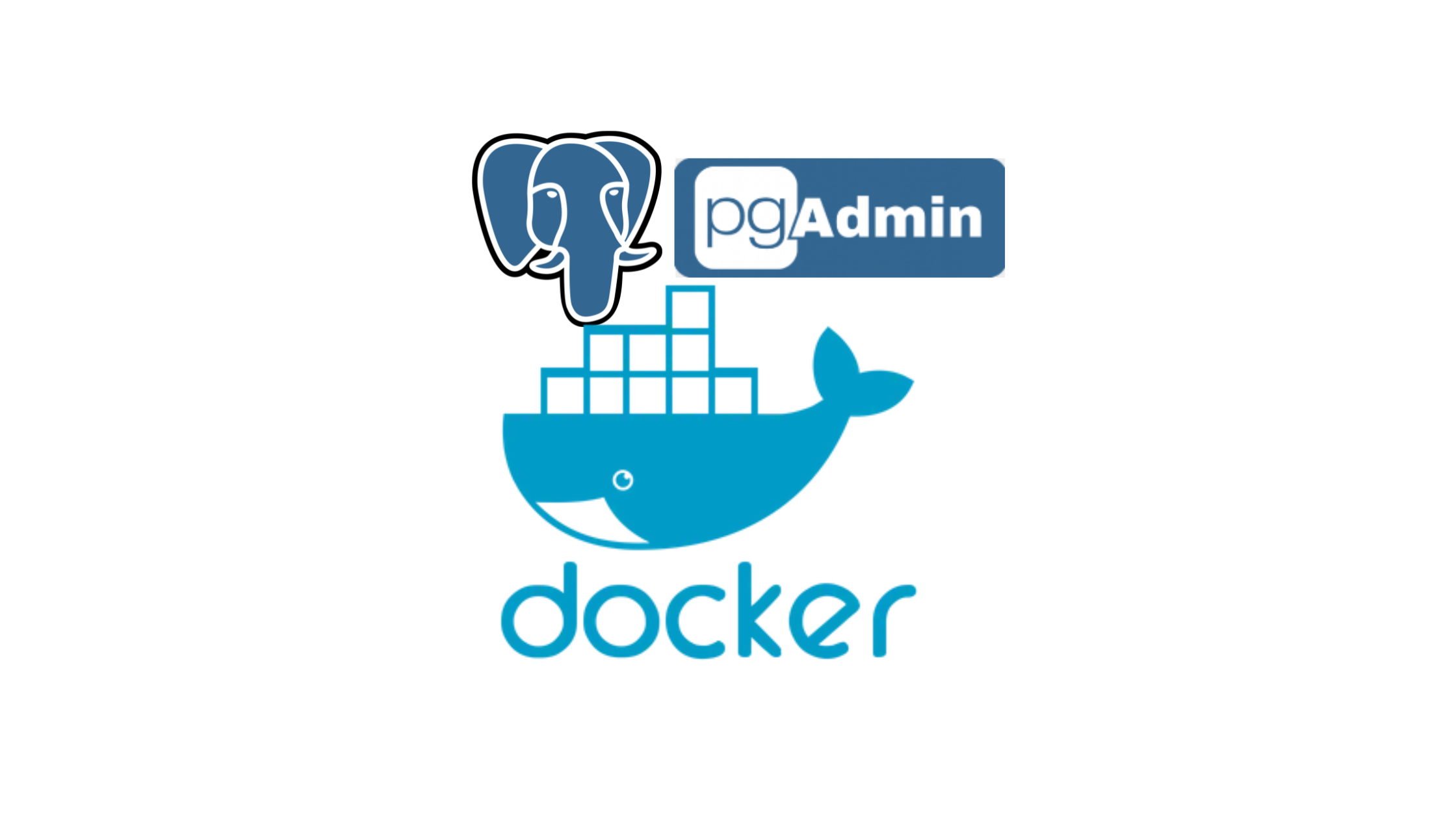
In today’s data-driven world, managing and visualizing databases effectively is essential. If you’re working with PostgreSQL and want a streamlined way to manage your database visually, using pgAdmin within Docker is a fantastic solution. This setup combines PostgreSQL’s robust data management capabilities with pgAdmin’s user-friendly interface, all contained within Docker for easy deployment and scalability. In this guide, we'll walk through setting up a PostgreSQL database and visualizing it using pgAdmin, making data management more efficient and accessible directly from your Docker environment.
- Let’s create the docker-compose.yml file which contains the configuration of our docker containers like Postgres DB and pgAdmin
version: '3.9'
services:
postgres:
image: postgres:latest
container_name: CONTAINER_NAME
hostname: postgres
expose:
- 5432
ports:
- 5432:5432
restart: unless-stopped
environment:
POSTGRES_USER: YOUR_USERNAME
POSTGRES_PASSWORD: YOU_PASSWORD
POSTGRES_DB: YOUR_DATABASE_NAME
volumes:
- postgres-data:/var/lib/postgresql/data
pgadmin:
image: dpage/pgadmin4
container_name: CONTAINER_NAME
environment:
PGADMIN_DEFAULT_EMAIL: YOUR_ADMIN_EMAIL
PGADMIN_DEFAULT_PASSWORD: YOUR_ADMIN_PASSWORD
ports:
- 5050:80
volumes:
- pgadmin-data:/var/lib/pgadmin
depends_on:
- postgres
restart: unless-stopped
volumes:
postgres-data:
pgadmin-data:
Let’s break it down:
version: '3.9'
- Specifies the version of the Docker Compose syntax being used. Version
3.9is compatible with the latest Docker Compose features.
services
- Defines the containers (services) that make up the application. In this case, there are two services:
postgresandpgadmin.
postgres service
image: postgres:latest: Specifies the Docker image for PostgreSQL, using the latest version.container_name:SERVER_NAME: Names the containerserver_nameinstead of a randomly generated one.hostname: postgres: Sets the hostname inside the container, which is useful for networked references within Docker Compose.Ports and Networking:
expose: 5432: Makes the PostgreSQL port5432available to other containers but does not expose it to the host machine.ports: 5432:5432: Exposes port5432on the host machine, allowing external access to PostgreSQL.
Restart Policy:
restart: unless-stopped: Automatically restarts the container unless it’s explicitly stopped.
Environment Variables:
Sets up the PostgreSQL database user credentials and database name:
POSTGRES_USER: The database user, set touser.POSTGRES_PASSWORD: The user’s password, set topassword.POSTGRES_DB: The name of the database to create,database_name.
Volumes:
volumes: postgres-data:/var/lib/postgresql/data: Mounts a named volumepostgres-datafor persistent data storage to the PostgreSQL data directory, preserving data across restarts.
pgadmin service
image: dpage/pgadmin4: Specifies the Docker image for pgAdmin, which is a web-based PostgreSQL management tool.container_name: pg_admin_container_name: Names this containerspring_server_manager.Environment Variables:
PGADMIN_DEFAULT_EMAIL: Sets the pgAdmin login email toadmin_email.PGADMIN_DEFAULT_PASSWORD: Sets the pgAdmin login password toadmin_password.
Ports:
ports: 5050:80: Maps port80(the default port used by pgAdmin) in the container to port5050on the host machine. This allows access to pgAdmin atlocalhost:5050.
Volumes:
volumes: pgadmin-data:/var/lib/pgadmin: Mounts a named volumepgadmin-datato store pgAdmin’s configuration and data, allowing it to persist.
Depends On:
depends_on: postgres: Ensures that thepostgresservice starts beforepgadmin.
Restart Policy:
restart: unless-stopped: Restarts the pgAdmin container automatically unless manually stopped.
volumes
Defines named volumes to persist data:
postgres-data: Stores PostgreSQL data, ensuring data remains after container restarts.pgadmin-data: Stores pgAdmin’s configuration and session data, so settings are retained across restarts.
Now run your docker on you machine, then open the terminal and run this command:
docker-compose up -d
docker gonna pull images and start building the containers, at the you’ll see you stack with its containers running
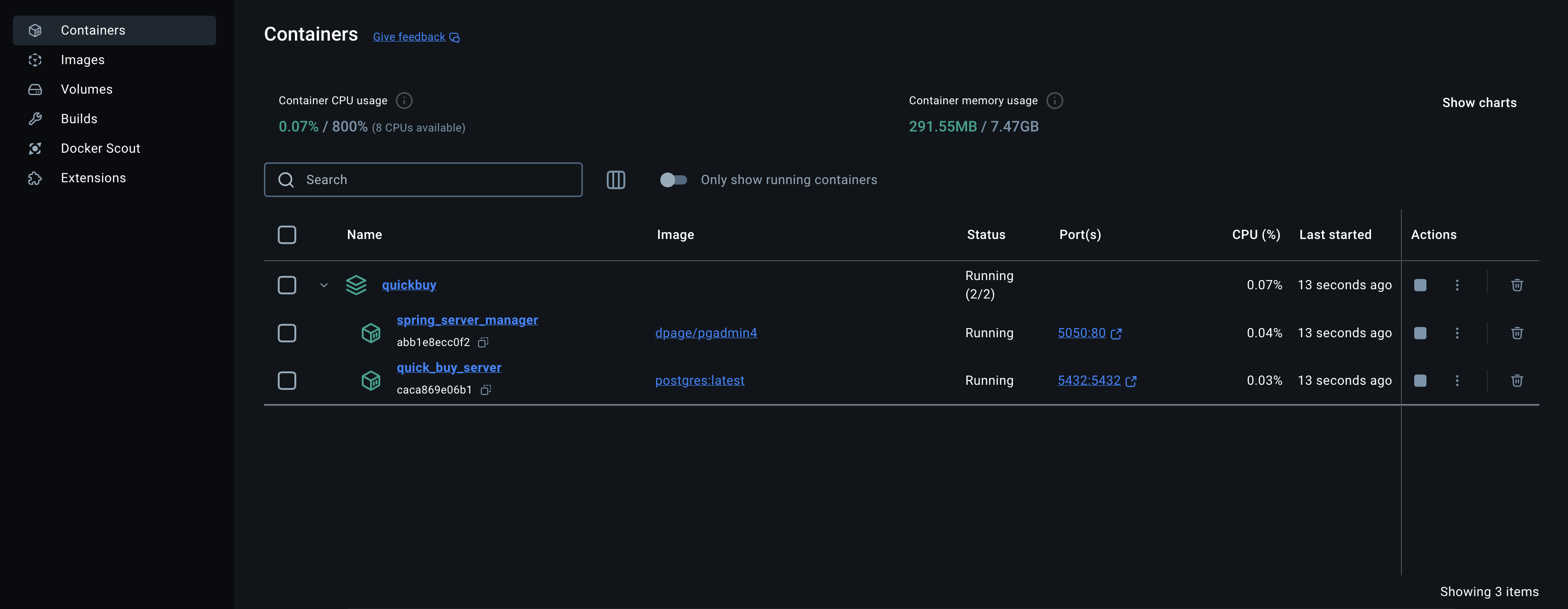
go to `http://localhost:5050` and you’ll this page

enter you credentials that you’ve put in the yml file,
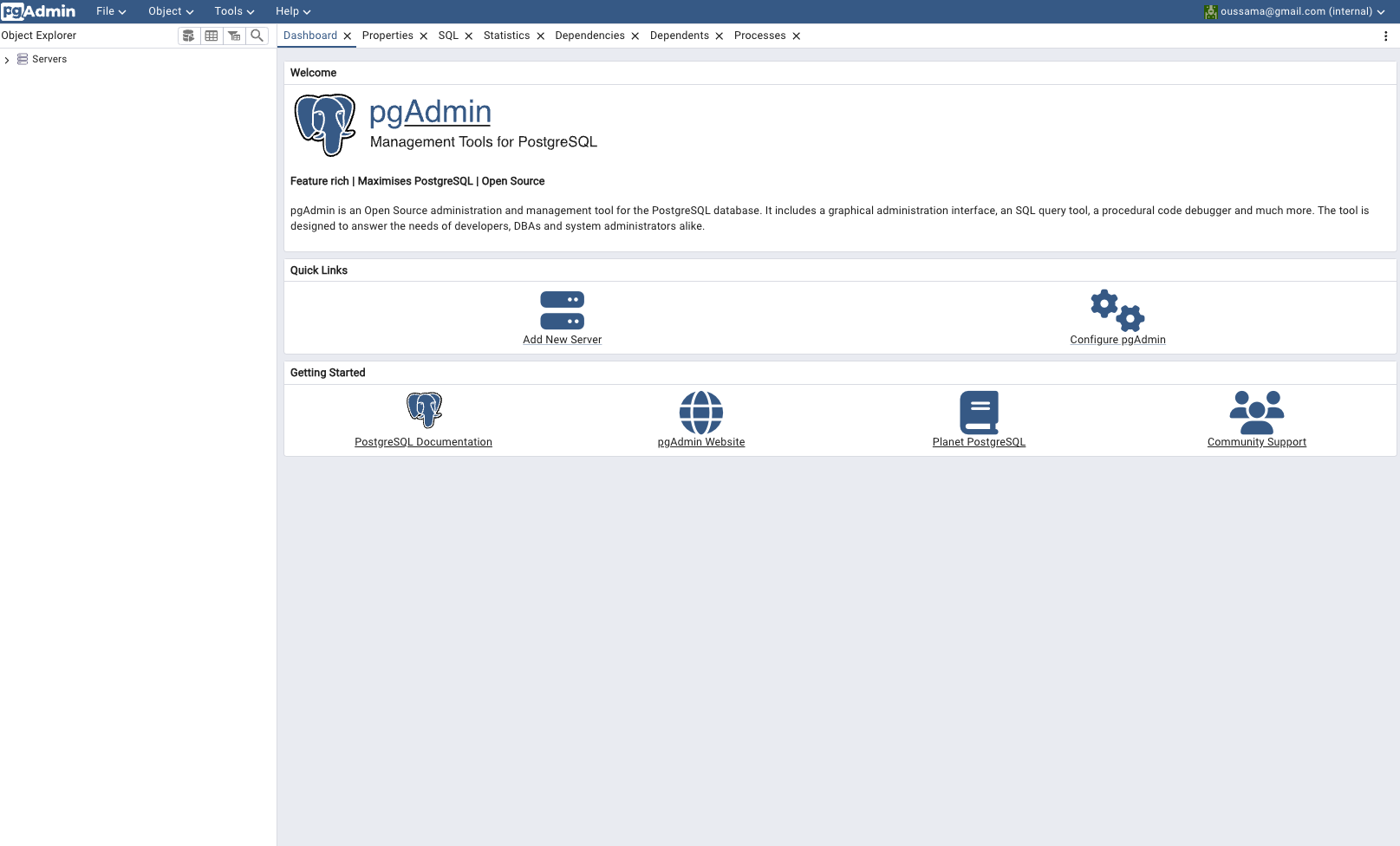
Right click on Server → Register → Server…, you’ll get this
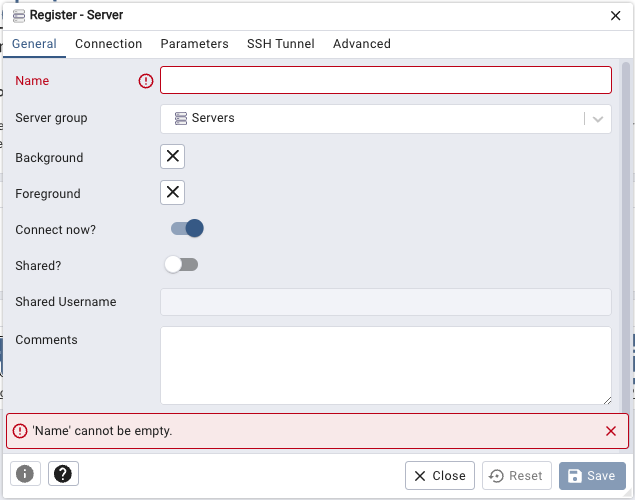
Enter any name you want and then pass to Connection?
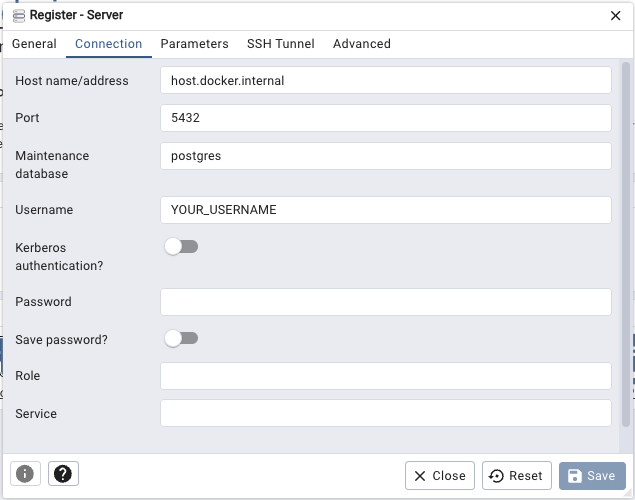
Since out db is inside docker container than docker will be our host, enter your username and password and click save
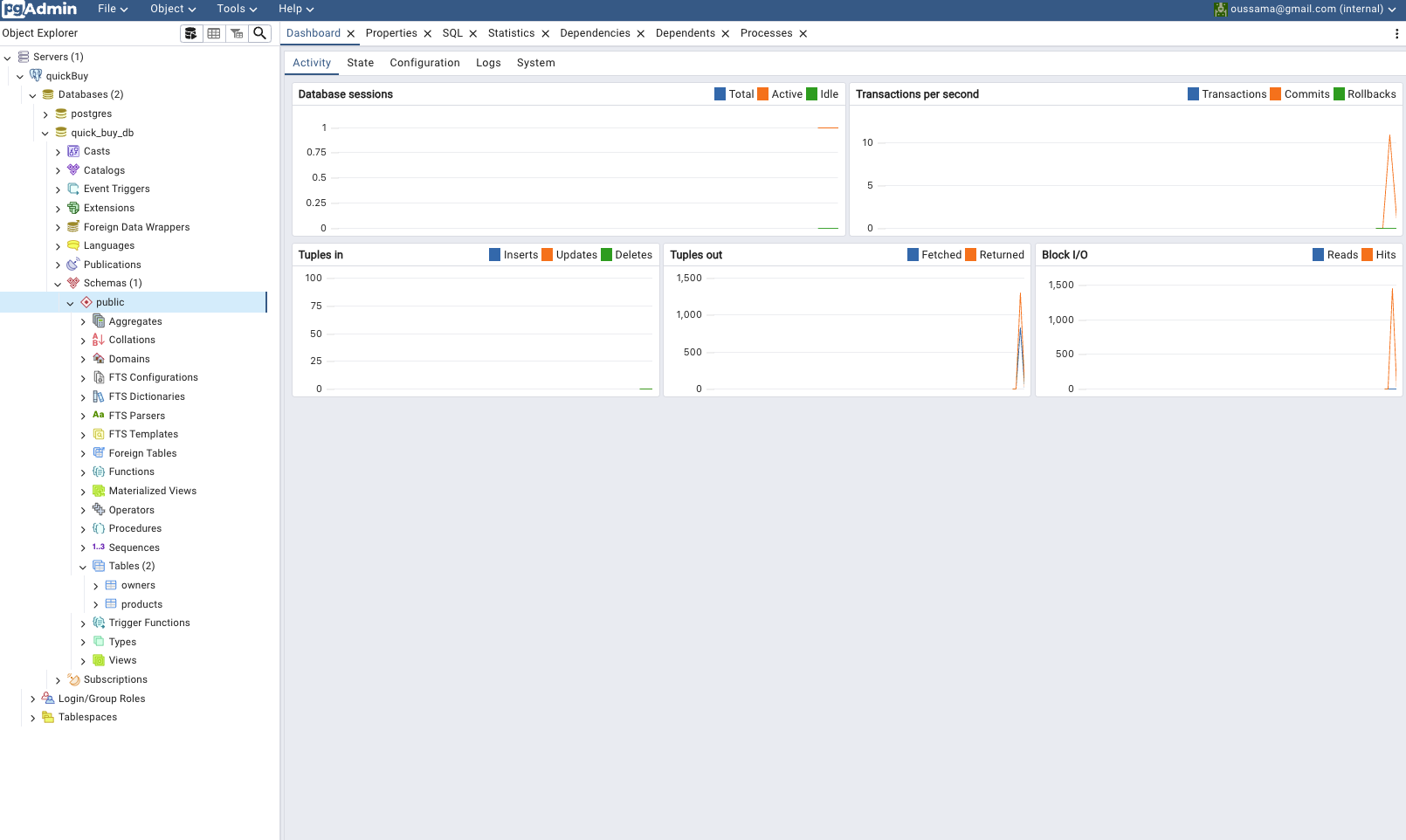
Your server is registered and everything is set now you can track you database tables and usage, also manipulate db data either by buttons or running sql queries.
EXTRA:
to run sql queries, right click on the target table and
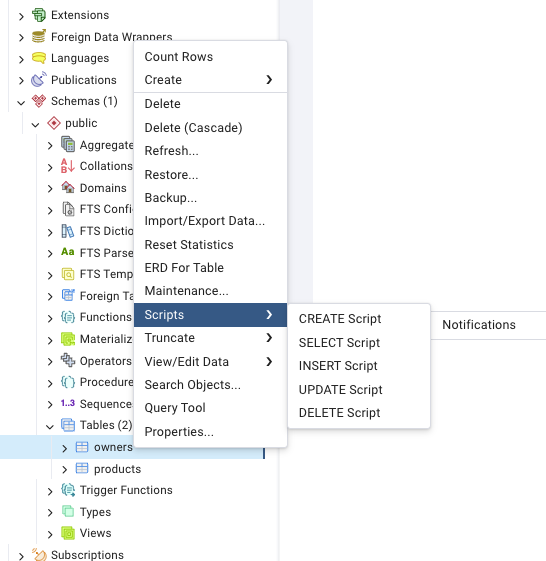
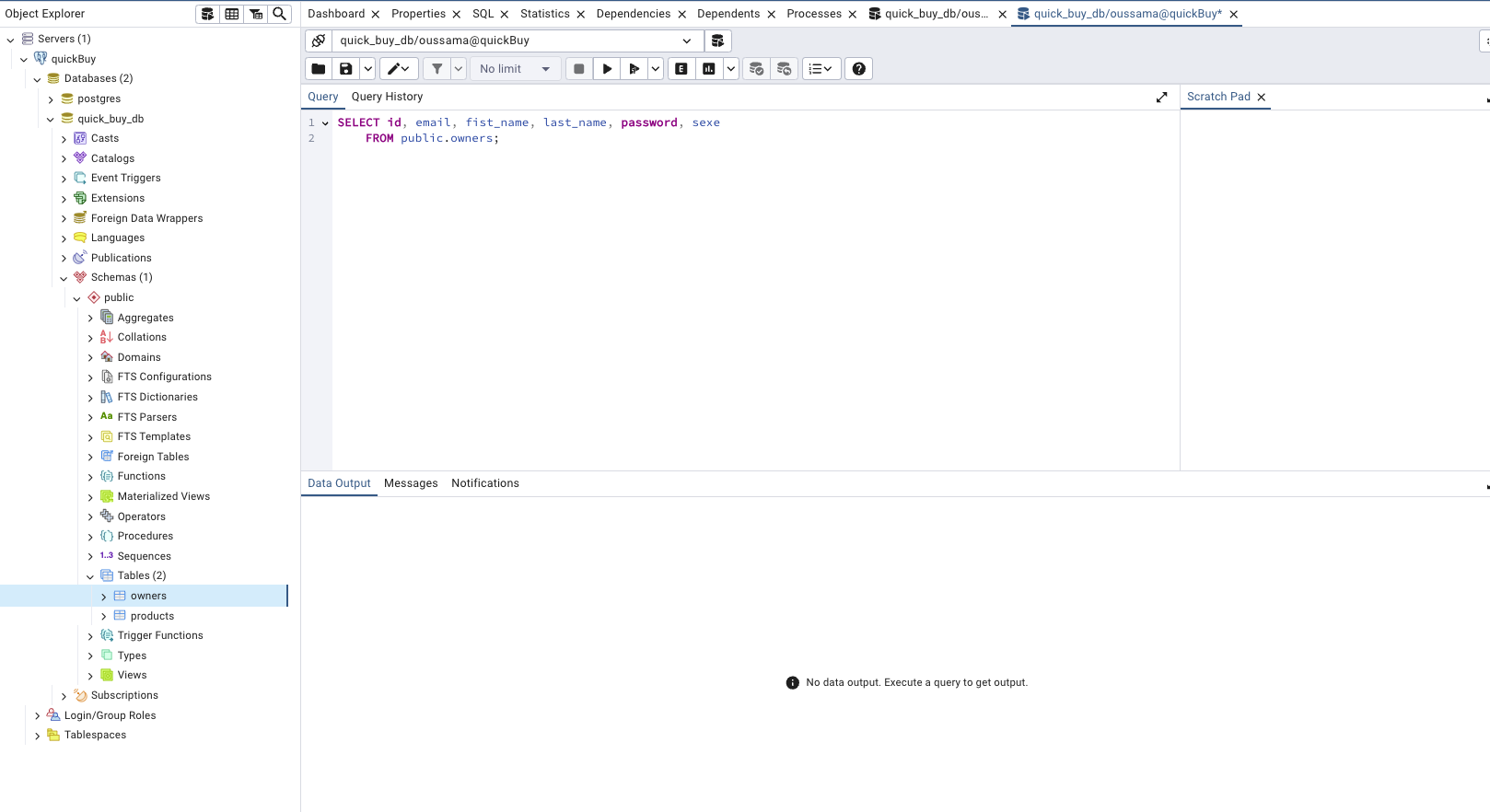
Conclusion
In conclusion, setting up pgAdmin alongside PostgreSQL in Docker offers an efficient, flexible way to manage and visualize databases without the need for complex installation steps. By leveraging Docker's isolated environment, you can run both PostgreSQL and pgAdmin seamlessly, ensuring a consistent setup across different development or production environments. This approach also allows for straightforward scaling, easy configuration updates, and better resource management, making it a reliable choice for database administration. Whether you're a developer, database administrator, or data analyst, using pgAdmin in Docker is a valuable tool for enhancing productivity and database control.
Subscribe to my newsletter
Read articles from Oussama Chahidi directly inside your inbox. Subscribe to the newsletter, and don't miss out.
Written by

Oussama Chahidi
Oussama Chahidi
Hi, my name is oussama and i am a self-taught full stack javascript developer with interests in computers. I like the expend my knowledge and learn new things each day cause i always see the beauty in mystery.